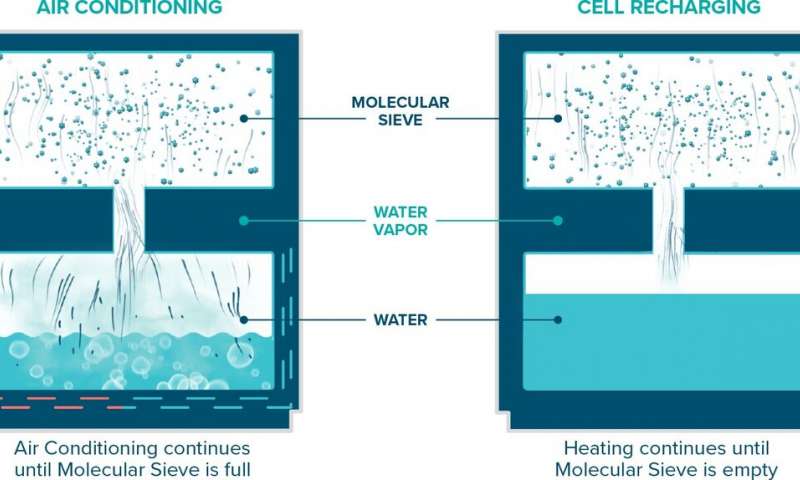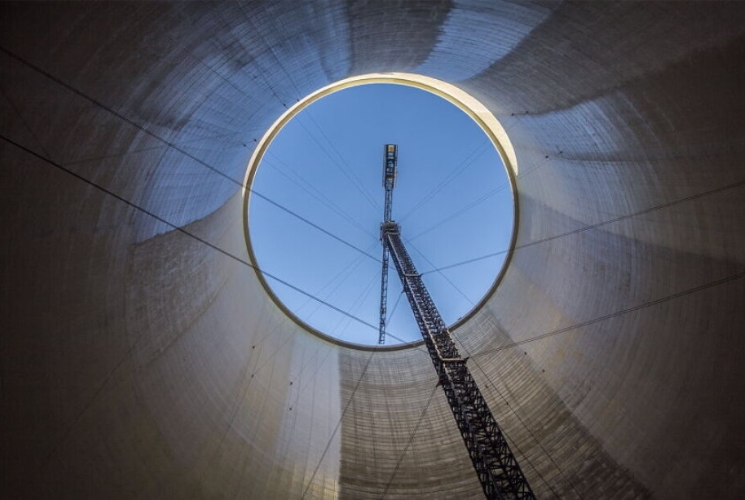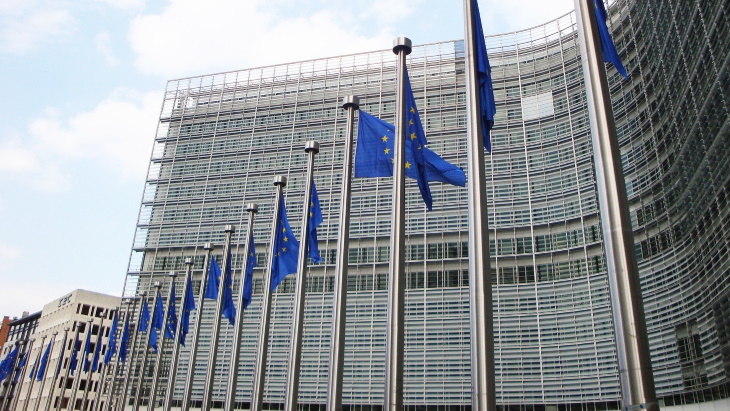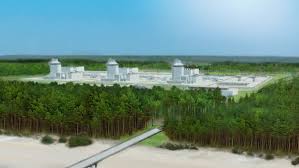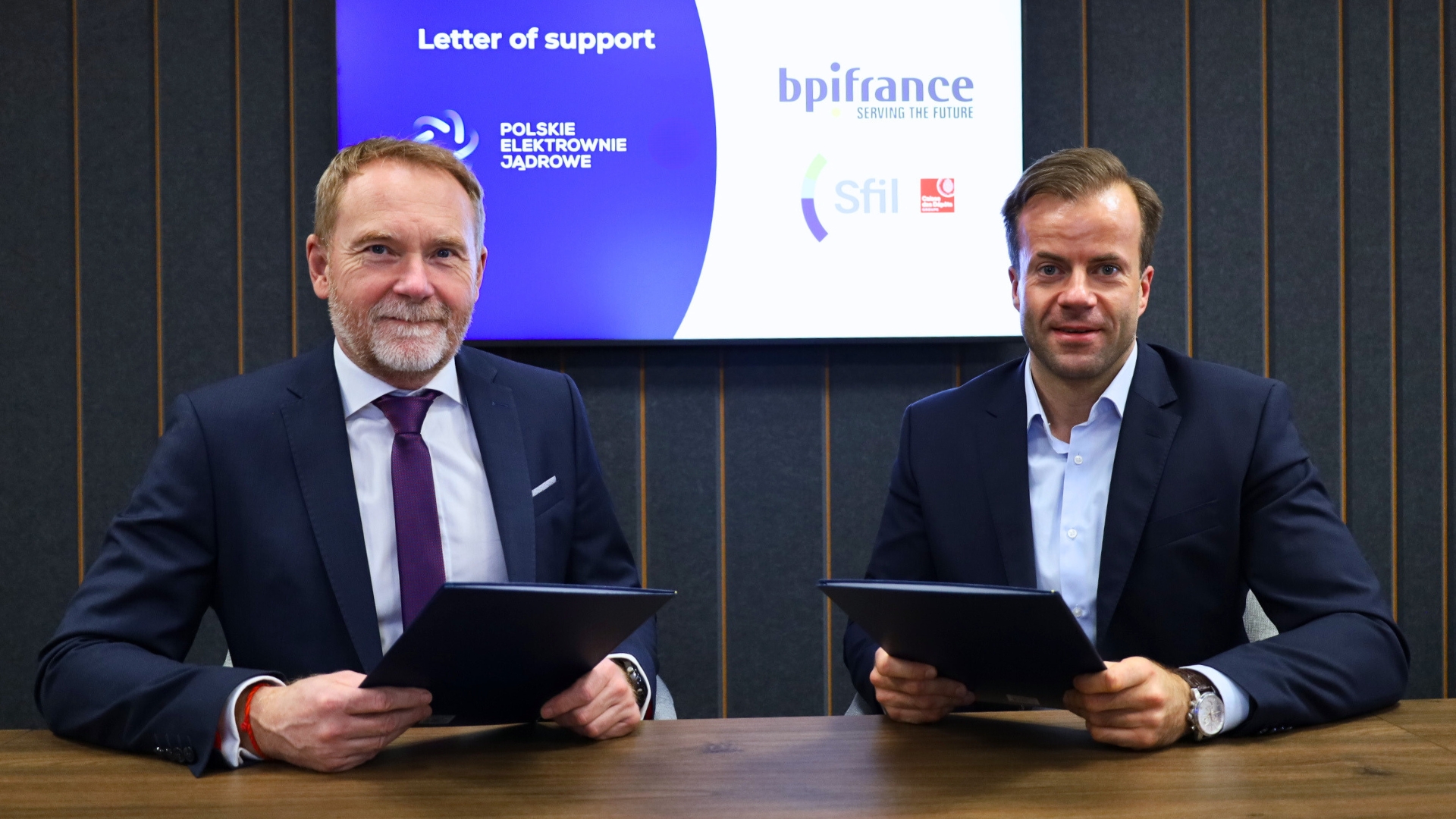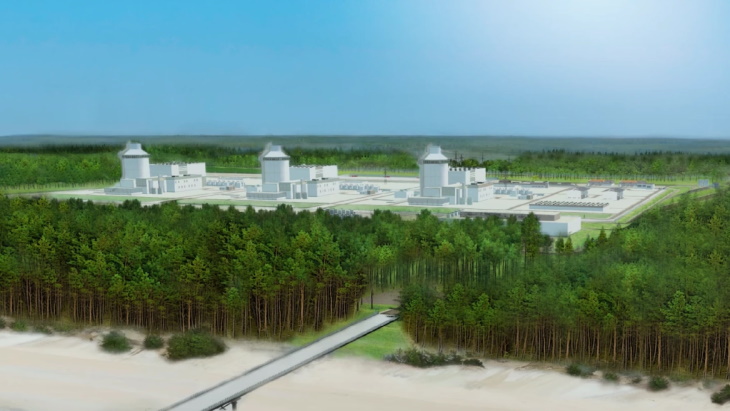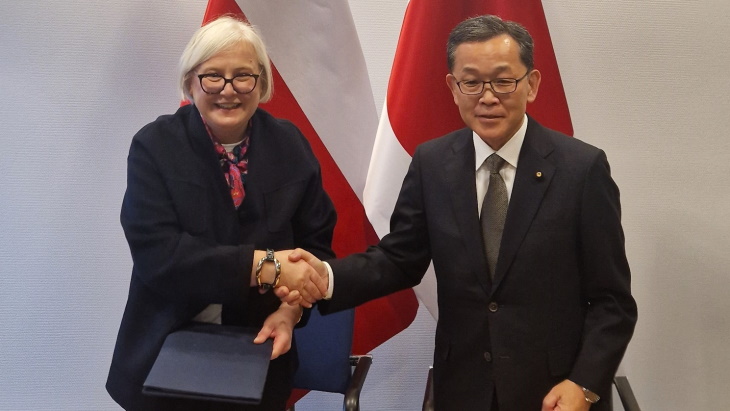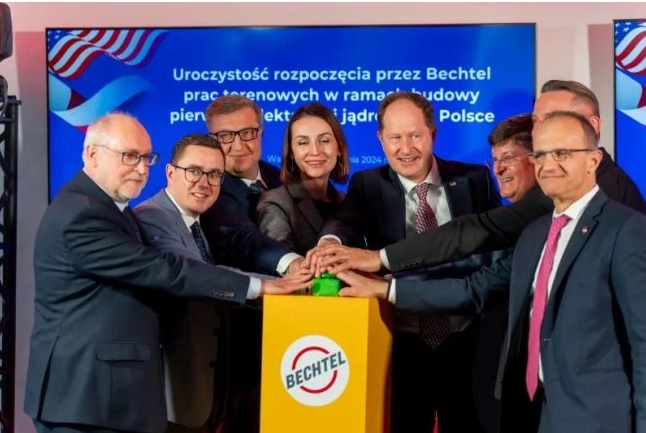An air conditioning system that offers zero emissions, cools the house with water and is powered by natural gas was getting attention this week at CES.
Jenny McGrath, Digital Trends, wrote about the "giant reflective cube" on the show floor. From that cube, coolant is pumped into the module and distributed to wall units throughout the home. In this AC system, pure water is the refrigerant.
"And since it never leaves the sealed operating chamber, there are no emissions connected to the cooling phase whatsoever," said John Raidt at the U.S. Chamber of Commerce Foundation, in a blog.
The system uses only about 10 percent of the electricity that a vapor compression air conditioner of the same size uses, said Digital Trends.
("Air conditioning units require a huge amount of electricity and harmful chemicals to keep homes cool, remarked Katie Collins in CNET.)
The Malvern, Pennsylvania, company said, "Traditional air conditioning units account for almost half the electricity used in homes during the summer."
This is a departure from ordinary air conditioning. Refrigerants are not great for the environment; air conditioners release carbon dioxide. "A traditional air conditioner uses a refrigerant that transitions between liquid and gas, absorbing and releasing heat over and over again. The cold air gets pumped into the house, while the excess heat is routed outdoors," said McGrath.
Enter OxiCool which says it is using "pure water" as the only refrigerant. Noisy? No. It is described by the makers as "incredibly silent." McGrath said it's in a "closed-loop system," where "the cube should have just as much water on day 500 as on day one."
An open flame heats natural gas to boil the water in a vacuum chamber while molecular sieves capture the excess H2O vapor, reducing the pressure inside, said Digital Trends. "Fans and condensers cool the vapor to return it to its liquid form, starting the cycle over again."
Molecular sieves? According to the company site, "OxiCool is powered by OxiCell. OxiCells are closed loop, maintenance free molecular sieve cells that are manufactured to precision in a clean room. Not even a single water molecule can escape through the life of the system."
CNET said, "At the end of the unit's life, Oxicool said, water comes out that you could drink, and every part of the device is recyclable."
OxiCool leaves strong messages on their site that a guiding principle in their work is making it possible for the eco-conscious to enjoy an air conditioner that is emissions-free. CNET quoted the founder of OxiCool. "I think we are a tenant on this planet," said Ravikant Barot, founder and CEO. "We need to leave it in a good shape."
But, cooling off in an environmentally friendly way, at what price? "Because it's also using natural gas, there will be an added cost, but the company said its operating cost should be around half of similarly sized units," said Digital Trends.
Taking a longer view toward the environment, this is what the U.S. Chamber of Commerce Foundation blog had to say back in November: "The world presently has about 1.8 billion AC units in operation, the vast majority in three countries: the U.S., China, and Japan. With the world growing hotter by the day, it is estimated that just by 2050 that number will grow to around 6 billion units the world over. The stakes literally cannot be higher."
